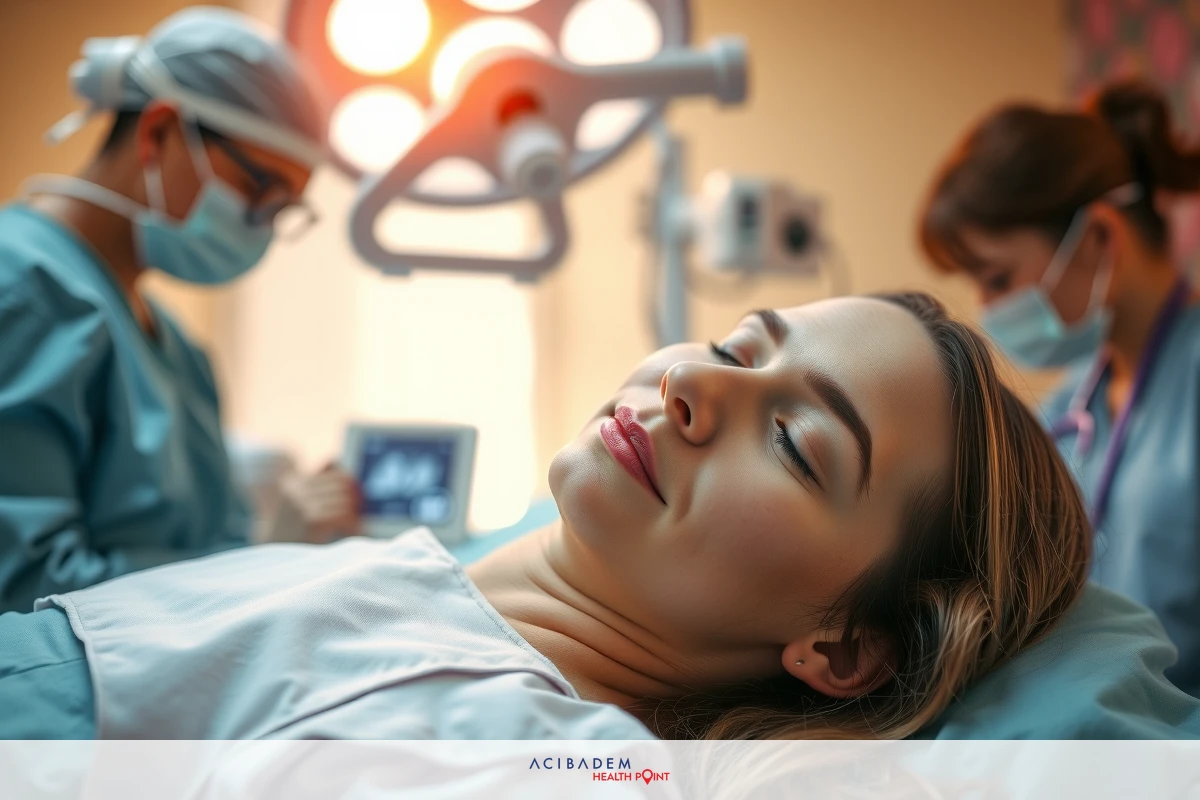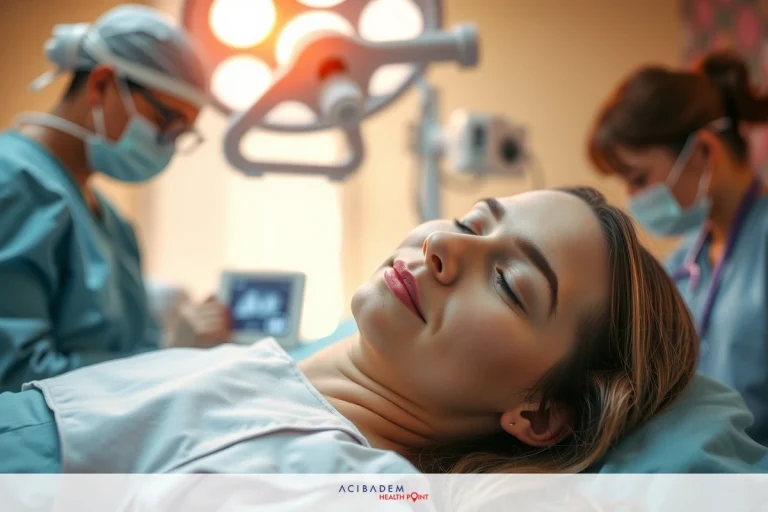How to Protect Nose After Rhinoplasty
How to Protect Nose After Rhinoplasty Rhinoplasty, occasionally labeled as a nose job, is a prevalent cosmetic surgery choice. It can bring immense satisfaction by improving the appearance and function of the nose. But, post-operative care is essential for successful outcomes. Careful protection of the nose after surgery promotes healing and ensures the best possible results.
The process of recovery involves several steps, each important in its own way. Preventing physical impact, maintaining proper hygiene, and protecting your nose from harmful UV rays are some of these crucial steps. By adhering to these guidelines, patients can help ensure a smooth and uncomplicated recovery period.
Avoiding Physical Impact
Protecting your nose from physical impact is a crucial part of post-operative care following rhinoplasty. It’s common for the nose to be extremely sensitive and susceptible to injuries during the recovery period. Even minor accidental bumps can trigger discomfort, potentially disrupt the healing process, and affect the final outcome of the surgery.
The first strategy to avoid physical impact is to limit activities that pose a risk of injury. This includes contact sports, exercises involving heavy weights, and activities that require extensive bending or stretching. It’s also advisable to sleep on your back with your head elevated to prevent accidental bumps during the night. Children and pets should be handled carefully to prevent unexpected jolts or bumps.
Another important aspect of avoiding physical impact involves being mindful of your environment. Be aware of tight spaces, hard surfaces, and sharp corners that could potentially cause an injury. In addition, it’s wise to avoid wearing glasses or sunglasses directly on the nose for at least four weeks after surgery as they can put pressure on the surgical area.
Lastly, educate others about your recovery process. Family members, friends, and coworkers need to understand the importance of avoiding any accidental contact with your nose. By taking these precautions, you can protect your nose during the crucial healing process after rhinoplasty and ensure a successful recovery.
Maintaining Proper Hygiene
Maintaining proper hygiene is another critical aspect of post-operative care after rhinoplasty. Ensuring cleanliness not only aids the healing process but also minimizes
the risk of infections. Here are the key hygiene practices that are essential during recovery:
- Regularly Cleanse Your Nose: Your surgeon may provide a saline solution for cleaning your nostrils. Follow their instructions on how often and how to clean your nose. This practice can help keep your nasal passages clear and reduce the risk of infection.
- Avoid Blowing Your Nose: It’s best to avoid blowing your nose, especially in the first week after surgery. If you must sneeze, try to do so with your mouth open to limit pressure on your nose.
- Protect Your Nose During Showers: While showering, be careful not to let hot water directly hit your face as it can cause swelling. Use lukewarm water instead and consider using a gentle, fragrance-free soap.
- Keep Hands Clean: Always wash your hands before touching your face or nose to prevent the transfer of bacteria.
- Change Dressings as Instructed: If you have dressings or bandages, change them as instructed by your surgeon.
- Stay Hydrated: Drinking plenty of fluids can keep your body hydrated, which promotes healing.

Surgical scene: woman lying on operating table with surgical team standing around her. They are wearing medical scrubs and face masks, suggesting a sterile environment.
By adhering to these hygiene practices during recovery, you can protect your nose, minimize potential complications, and promote faster healing after rhinoplasty.
Protecting Your Nose from the Sun
Sun protection is a crucial aspect of post-operative care after rhinoplasty. The healing nose is more vulnerable to the harmful effects of UV rays, which can lead to complications such as hyperpigmentation, prolonged swelling, and even changes in the shape of the nose. Therefore, taking steps to shield your nose from the sun is an important part of ensuring a successful recovery.
The first line of defense against harmful UV rays is wearing a broad-spectrum sunscreen with an SPF of at least 30. It’s important to apply sunscreen not only on sunny days but also when it’s cloudy or snowy, as UV rays can penetrate through
clouds and reflect off snow. Moreover, sunscreen should be reapplied every two hours, and more frequently if you’re sweating or swimming. Remember, sunscreen should be applied not just on the nose but also on all exposed areas of the face and neck.
In addition to using sunscreen, wearing protective clothing can offer further protection against the sun. Wide-brimmed hats and UV-protective sunglasses can help shield your nose and face from direct sunlight. Also, try to limit your time outdoors during peak sun hours, typically between 10 am and 4 pm, when the UV index is highest.
Finally, remember that protecting your nose from the sun isn’t just necessary in the immediate aftermath of surgery. Prolonged exposure to sunlight can cause damage even months after rhinoplasty, so it’s important to make sun protection a long-term habit. By adopting these measures, you can protect your nose from harmful UV rays
and aid in your recovery after rhinoplasty.
Frequently Asked Questions
When can I resume wearing glasses after rhinoplasty?
It is generally recommended to avoid wearing glasses directly on your nose for at least four weeks after rhinoplasty. The weight and pressure from glasses can potentially impact the healing process and affect the final outcome of the surgery. Speak with your surgeon about alternative options such as using tape or wearing contact lenses during this period.
Can I blow my nose after rhinoplasty?
It is best to avoid blowing your nose, especially in the first week after surgery. Blowing your nose forcefully can put unnecessary pressure on the delicate structures inside the nose and may hinder the healing process. If you need to clear your nasal passages, gently sniffing or using saline nasal sprays as recommended by your surgeon can be a safer alternative.
Will rhinoplasty completely eliminate my breathing problems?
Rhinoplasty can improve breathing difficulties caused by structural issues or deformities in the nose. However, it's important to note that complete elimination of breathing problems cannot be guaranteed in every case. The extent of improvement will depend on several factors, including the underlying cause of the breathing issue and individual healing responses.
How long does it take for swelling to go down after rhinoplasty?
Swelling is a normal part of the healing process after rhinoplasty. While the majority of swelling subsides within the first few weeks, it can take several months for all residual swelling to resolve completely. The final results of your rhinoplasty, including a more accurate assessment of shape and contour, will gradually become apparent as the swelling diminishes over time.
When can I resume regular exercise and physical activities?
It is important to avoid strenuous exercise and physical activities for at least two to four weeks after rhinoplasty. Engaging in intense workouts too soon can increase the risk of post-operative complications and delay the healing process. Consult with your surgeon for specific guidelines based on your individual case and the extent of your surgery.
These are just a few common questions regarding post-rhinoplasty care. It’s essential to consult with your surgeon for personalized advice and guidance throughout your recovery journey.











